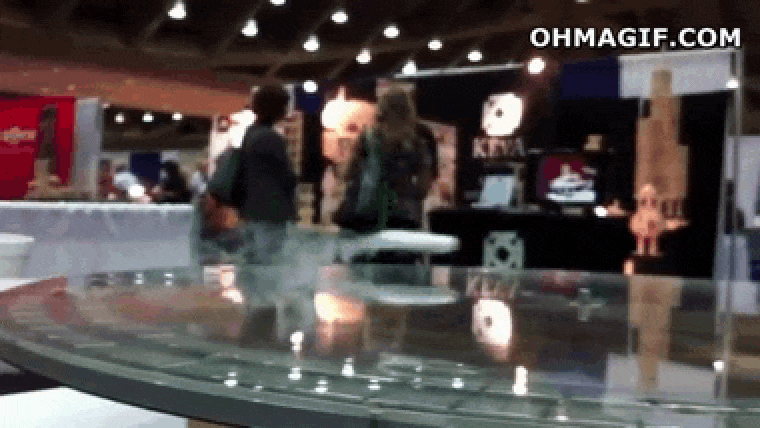Nonfunctional designs are the most interesting ones, Postrel says.
Virginia Postrel: Another area that I’ve done a lot of work in, and to me is a continuation of my interest and innovation, is I was one of the early people to realize that there was something really going on in what I call aesthetics and a lot of people call it design; but I think it’s nonfunctional areas of design are the most interesting ones. And I wrote a book called “The Substance of Style” which is very much about why it is that these sort of surfaces – the look and feel of things – are genuinely valuable. That it’s not some kind of deception or manipulation. I mean there may be sometimes deception or manipulation, but that’s not primarily what it’s about. It’s not primarily about status. That people derive genuine value from this and they are able to express who they are, and they get genuine sort of sensual pleasure from it, and that that’s valuable. I’m very interested in the, as are many people, in sort of the biological century. What does it mean to think about human beings as biological creatures, and to increasingly understand what that means, and to increasingly have control over it? Which is actually a subset of a broader interest of mine which is in the relationship between the natural and the artificial. And there’s a chapter in “The Future and its Enemies” about nature and artifice, which I think is the best chapter in the book. There’s this tension. It’s a theme that comes up in the substance of style, because style is an artificial construct. What does it mean, particularly when you think about a human being? What’s authenticity? Is it looking the way you sort of . . . that you have gray hair that shows you’re a certain age? Or is it your personality that you would dye your hair blond, or brown, or green, or whatever? Which is the authentic thing? And that’s related to nature in artifice. How you negotiate the intractable conflicts of value that occur. How you minimize conflict given that people are really different and that’s the fact that people are really different. The existence of human heterogeneity. The fact that people . . . I do not think like you exactly. We have a lot of things in common, but we really are different people. There are different subsets of people. That’s true whether you are thinking about biology. That’s true whether you’re thinking about values, life paths. How do we take advantage of that, which is what economic specialization is all about. What are the . . . there’s a tremendous amount you can learn from the . . . I use the word heterogeneity because diversity has taken on this narrow sense of ethnic diversity, which is one form of heterogeneity, but by no means the only form. How do we deal with that in a positive way? What are the institutions and organizations and just attitudes that make that a positive thing? And how do we negotiate the conflicts that come from the fact that people really have different tastes and really have different values? And a tremendous amount of our public discourse is about why my preferences ought to be everybody’s preferences. So for example, I’ve done a lot of writing on the urban forum, and cities, and the evolution of retailing, and urban spaces. It’s sort of an area that interests me. Well one of the things that comes up again, and again, and again in that area is that people want every neighborhood to look like their ideal neighborhood. And what . . . My message there is let’s have a pluralist. Like let’s accept . . . The same way we accept different churches, and different religions, and different political views, we also have different aesthetic views, and different lifestyles. And some people want to live in high density neighborhoods where they can walk to things. And some people want their little patch of suburbia with their yard, and their dog, and their kids. And other people want to live in the countryside. And we shouldn’t say that there’s one right land use planning way. So that’s just one example of heterogeneity. I mean another more purely business and technology story that I’m currently working on is I’m looking at the incredible problem of how do you attach sizes to clothing? How do you . . . it’s not just big versus little. It’s how do you do the proportions. Everybody’s body is different. People who have the same height and weight may have vastly different proportions, and there are tremendous difficulties when we have standardized production and heterogeneous population of consumers. There’s a business problem. There’s a technology problem. There are issues of how you take advantage of certain information technology we have today. And there’s also a psychological issue. Because then people come into the store and nothing fits. It’s not just fat or skinny. It’s not just they needed a bigger size and they don’t want to admit they’ve put on a few pounds. It doesn’t fit because they don’t have a standardized body, and then they feel like there’s something wrong with them because they’re not “standard”. And I think that’s a metaphor for a lot of attitudes in society, and something that I would like to help people overcome. And one of my big messages is “There’s no one best way.” Except for the way that allows a lot of different ways.
Recorded on: 7/4/07






